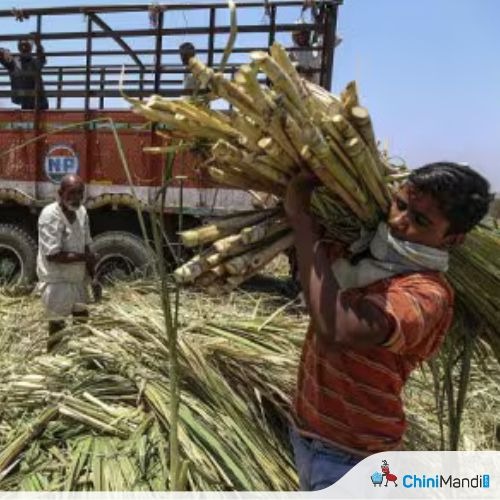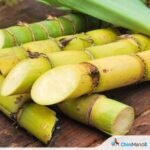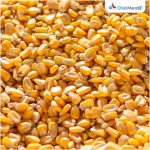The cultivation of “Rang Bilash” sugarcane, known for its bright colour and rich juice, is turning into a profitable farming option in Natore district. Officials believe this chewing variety of sugarcane could soon become one of the region’s leading cash crops, strengthening the financial position of local farmers, reports Dhaka Tribune.
This season, 109 hectares of land in the district were brought under “Rang Bilash” cultivation, producing an estimated 1,050 tons of juice. Most of the cultivation is concentrated in the Chalan Beel area, where the soil, water and climate are proving highly favourable for this crop. Baraigram upazila led the effort with 61 hectares, followed by Gurudaspur with 45 hectares and Singra with three hectares.
The Department of Agricultural Extension (DAE) is providing farmers with guidance to expand this promising variety. DAE deputy director Md Habibul Islam Khan said that farmers in the Chalan Beel region are already seeing major benefits from “Rang Bilash” cultivation. Baraigram upazila agriculture officer Sajib Al Maruf added that this variety is helping strengthen the financial stability of farmers in his upazila.
Farmers themselves are also reporting significant gains. Golam Rasul, a farmer from Mahishbhanga village in Baraigram who has grown “Rang Bilash” for three decades, said he cultivated sugarcane on three bighas of land this year and earned Tk4 lakh from the sale of cane grown on two bighas. He explained that the crop requires year-round attention, including protection against fungal attacks, but he has already prepared 1,000 seedlings for the next season.
Another farmer, Rabiul Karim, said that after planting sugarcane seedlings, farmers often grow garlic or onion in the same field. The income from these additional crops covers the full cost of sugarcane production, leaving the entire sugarcane harvest as profit.
Selim Reza, deputy assistant agricultural officer of the Banpara Agricultural Block, noted that this method has made “Rang Bilash” highly profitable for farmers. He added that about 300 bighas of land in his block were used for its cultivation this season.


















